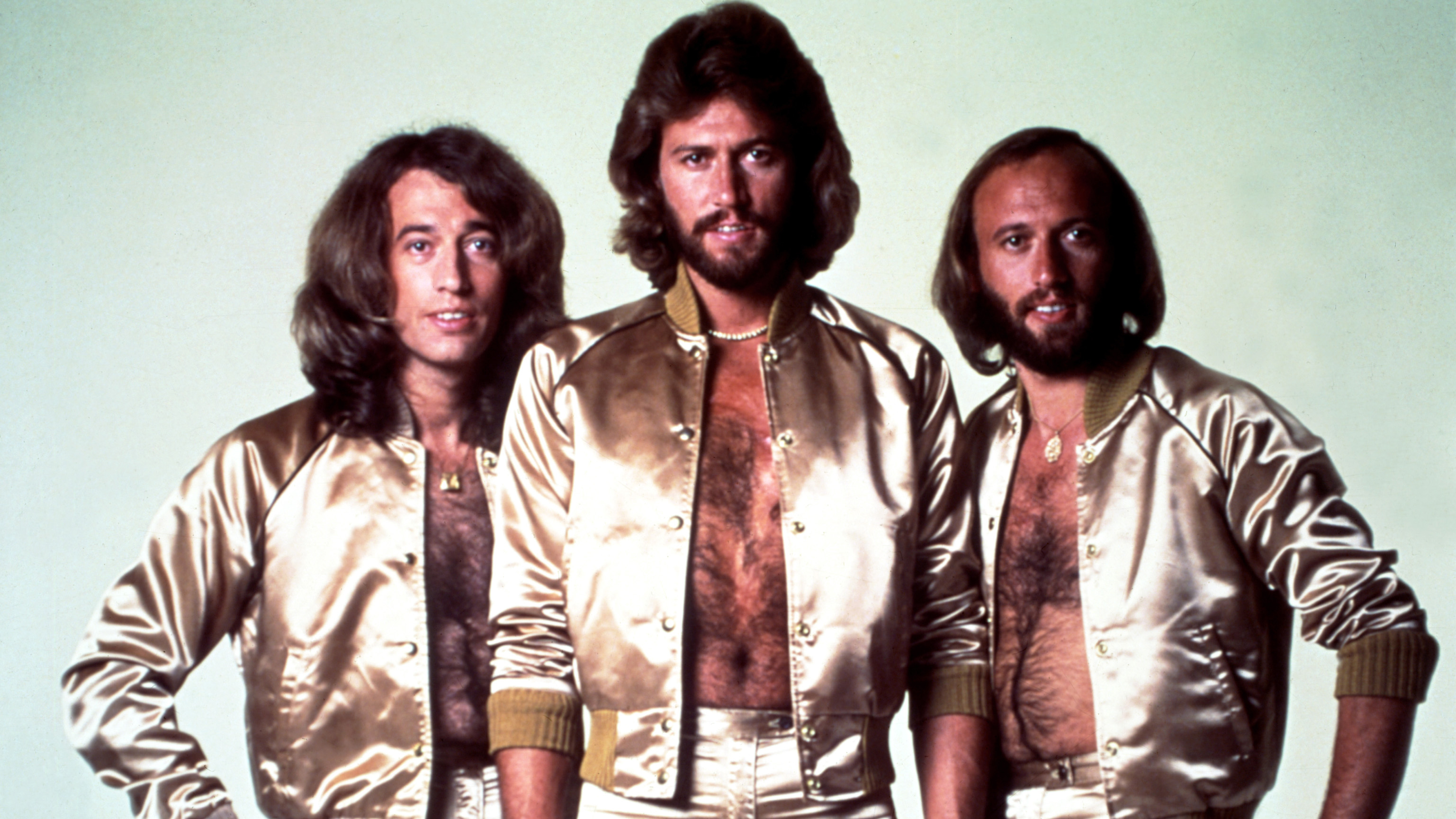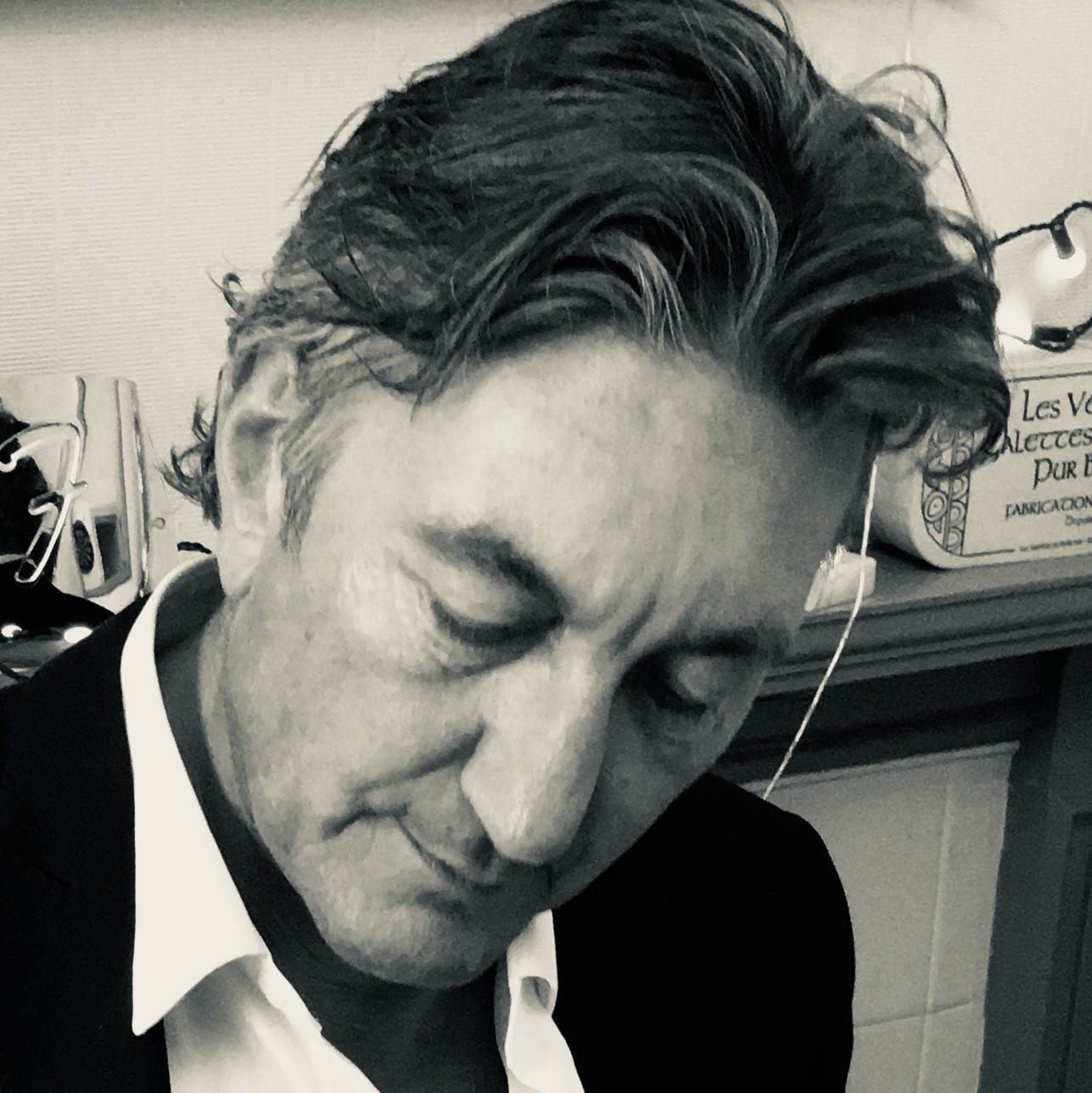“We wrote it in a farmyard in France. We’d never heard of ‘disco music’ at the time. We were singing about the state of the times, and the human condition”: How the Bee Gees channelled angst and despair to create the greatest dancefloor-filler of all time
Ah, ah, ah, ah...

As opening movie scenes go, it’s a memorable one, featuring John Travolta as 19-year-old disco king Tony Manero in black leather jacket and red wing-collared shirt, strutting peacock-like along the sidewalks of 86th Street in Bay Ridge, Brooklyn.
The song that informs every nuance and rhythm of his gait is Stayin’ Alive by the Bee Gees, a propulsive, enthralling dancefloor anthem with a compelling 103 bpm groove.
This is the opening scene of Saturday Night Fever, the 1977 film that reaped almost $300 million at the box office and lit the spark for the disco craze of the late ’70s.
Disco may be the sound that gels the movie together, but both Tony Manero and Stayin’ Alive emanate from a much darker, grittier place.
Travolta’s character is more reminiscent of Martin Scorsese’s Mean Streets than it is the uptown allure of Studio 54.
The song, written before the film even had its title, is inspired by survival, despair and a burning desire for a bigger and better life.
“People crying out for help,” said Barry Gibb, the eldest of the three Bee Gee brothers, in a 1978 Playboy interview. “Desperate songs. Those are the ones that become giants. The minute you capture that on record, it's gold. Stayin' Alive is the epitome of that.”
Want all the hottest music and gear news, reviews, deals, features and more, direct to your inbox? Sign up here.
Few bands in the history of music have ascended to the top of their game, watched their popularity plummet and then resurrected themselves in a whole new guise to attain global success. But then few had the innate, idiosyncratic talent of the Bee Gees.
Brothers Barry, Robin and Maurice Gibb were born on the Isle of Man and the family moved to Manchester before emigrating to Australia. They relocated numerous times, which reportedly made it difficult for the brothers to form meaningful friendships with anyone other than themselves. Such mutual reliance caused tensions. “We were like the Bronte sisters,” Robin Gibb once quipped.
They formed their first band in 1955 and by 1967 had achieved success as the Bee Gees, returning to live in the UK when the band took off.
The Bee Gees were managed by Australian impresario Robert Stigwood who promoted them as “the next Beatles”. Hits such as Massachusetts, Words and I’ve Gotta Get A Message To You all went top 10 in the UK.
But by the early-70s their popularity had waned.
“The Bee Gees were broken,” recalled Kevin McCormick, Robert Stigwood’s assistant, in a 2007 feature by Sam Kashner in Variety magazine. “They were touring Malaysia and Venezuela, the two places where they were still popular. They were a mess. Everybody [in the group] had their own little soap opera.”
In early 1975, however, their fortunes improved dramatically when, on the advice of Eric Clapton, they moved to Miami, Florida, to record at Criteria Studios.
As Barry Gibb recalled in Andrew Hughes’ 2009 biography The Bee Gees: Tales Of The Brothers Gibb: ”Eric said, 'I've just made an album called 461 Ocean Boulevard in Miami. Why don't you guys go to America and do the same and maybe the change of environment will do something for you?' I think it was really good advice.”
On the recommendation of Ahmet Ertegun, founder of their US label Atlantic Records, they teamed up with soul music producer Arif Mardin.
It was Mardin who encouraged Barry Gibb to experiment with his falsetto vocal. Blended with the impeccable harmonies of Robin and Maurice, it was a unique and intoxicating sound.
The resulting album was Main Course (1975), which put them back in the US charts and yielded Jive Talkin’, their second US No.1 single (after the 1971 smash How Can You Mend A Broken Heart).
By then, the Bee Gees had assembled a formidable band: Blue Weaver on keyboards, synths and synth bass; Alan Kendall on lead guitar and steel guitar; and Dennis Byron on drums and percussion.
The follow-up album Children Of The World (1976) was defined by Barry’s falsetto vocals and Weaver’s synth disco riffs. Lead single You Should Be Dancing produced another US No.1 single and thrust the band into a whole new level of stardom.
That same year, Robert Stigwood bought the rights to a magazine article headlined Tribal Rites Of The New Saturday Night by English rock journalist Nik Cohn. The piece had appeared in New York magazine in June 1976 and focused on the weekend activities of a group of working class Italian-Americans in Bay Ridge, Brooklyn.
This was the inspiration for Saturday Night Fever - and from the outset, Stigwood wanted the Bee Gees to write the music.
As high-earning artists, the Bee Gees chose to spend much of their time out of the UK at the time to avoid paying income tax at the top rate of 83%. This meant returning to the Isle of Man to begin writing, and then heading to the Château d'Hérouville studio near Paris.
“We wrote [the Saturday Night Fever soundtrack] in a farmyard in France,” Robin Gibb told writer Arwa Haider of the Financial Times in May 2024. “We’d never heard of 'disco music' at the time. It was about the Black R&B and soul influences we’d grown up with. We were singing about the state of the times and the human condition.”
Barry, Robin and Maurice wrote Stayin’ Alive over a few days at the Château d'Hérouville studio. Stigwood had wanted them to write a song called Saturday Night but they refused, arguing that it was a corny title.
Their instincts were spot on. The title Stayin’ Alive and its lyrics evoke the struggle for survival in New York. But there was also a duality running throughout.
Barry sings the lead vocal and the lyrics are brimming with braggadocio: “Well you can tell by the way I use my walk I’m a woman’s man, no time to talk”. But the song’s character is equally downtrodden and scared. “Life goin’ nowhere, somebody help me… I’ve been kicked around since I was born”.
Criteria Studios was the setting for the recording of the song, which the band co-produced with Albhy Galuten and Karl Richardson.
The element that kickstarted the song was the drum beat, which came about after the Bee Gees’ drummer Dennis Bryon had to leave the session suddenly when his mother died. The Gibbs, Galuten and Richardson were unable to find anyone to temporarily replace him.
Instead, they focused their attention on the drum track of a song they had already recorded, Night Fever.
“Barry and I listened carefully to find a bar that felt really good” said Galuten in a 2002 interview on Brothersgibb.org.
“Everyone knows that it's more about feel than accuracy in drum tracks. We chose a bar that felt so good that we ended up using that same loop on Stayin' Alive, and More Than A Woman, and then again on Barbra Streisand's song Woman In Love.
“To make the loop, we copied the drums onto one-quarter-inch tape… At first, we were doing it just as a temporary measure. As we started to lay tracks down to it, we found that it felt really great – very insistent but not machine-like. It had a human feel.
“By the time we had overdubbed all the parts to the songs and Dennis came back, there was no way we could get rid of the loop.”
The band then built the song around the drum loop, with Barry Gibb and Alan Kendall playing the iconic cyclical guitar riffs.
“The riff for Stayin’ Alive came from Ahlby,” Barry Gibb told Zane Lowe on Apple Music Essentials. “Alan Kendall played it and it worked a treat.”
Maurice Gibb’s bass part echoes the guitar riff. It’s a masterclass in playing for the song – lean, groove-laden and melodic.
Barry Gibb also provided the pristine rhythm guitar, which elevates the whole track and propels it forward.
Blue Weaver created a whole array of sounds, contributing synth parts on the ARP 2600, a Moog as well as a Fender Rhodes, an ARP String Ensemble, a harpsichord and a piano.
Barry Gibb sang falsetto on the whole song, except on the line, “Life’s going nowhere, somebody help me”, where he drops down an octave. His lead vocals are wrought with emotion.
Brothers Robin and Maurice provide seamless harmonies throughout and the “Aah, aah, aah, aah” vocal stabs on the chorus provide the song’s powerful vocal hook.
It all adds up to a soaring and infectiously rhythmic whole in which dancefloor ecstasy is tempered by inner-city angst and despair.
Stayin’ Alive was not supposed to be a single, but it was featured in the film’s trailer - and before the movie even opened people were phoning radio stations demanding to know how they could get hold of the song.
The Bee Gees’ label RSO put it out just three days before the release of the movie.
The song shot to No.1 in the US, Canada, Italy, Australia, Mexico, Holland, New Zealand, South Africa and went top five in 13 other countries.
Critics lauded the track, with Billboard calling it “an almost irresistible dance tune”.
That wasn’t a view shared by John Travolta however.
“John couldn’t dance to Stayin’ Alive,” laughed Barry Gibb in a 2021 interview with Zane Lowe on the Apple Music Essentials series. “And it isn’t a dance record if you think about it. He said he was comfortable walking to it… He said ‘You Should Be Dancing, that’s great. I’ll dance to that’.”
Almost five decades on from its release, a wholly unexpected new vista of opportunity has opened up for Stayin’ Alive.
In recent years, the song has increasingly been used as a medical training tool for people learning how to administer cardiopulmonary resuscitation (CPR). The song’s 103bpm tempo apparently aligns perfectly with the recommended 100-120 chest compressions per minute recommended for CPR.
For Barry Gibb, it’s a source of great pride for a song that is one of the Bee Gees’ most enduring and memorable tracks.
“A lot of people who had heart attacks and things like that were saved by that groove because doctors were starting to use Stayin’ Alive as some form of CPR,” Barry told Zane Lowe. “When I was doing shows about two years back I was meeting bands that would tell me that their father had survived a heart attack because they did CPR to Stayin’ Alive.
“That’s gratifying. It’s a wonderful thing.”

Neil Crossley is a freelance writer and editor whose work has appeared in publications such as The Guardian, The Times, The Independent and the FT. Neil is also a singer-songwriter, fronts the band Furlined and was a member of International Blue, a ‘pop croon collaboration’ produced by Tony Visconti.
You must confirm your public display name before commenting
Please logout and then login again, you will then be prompted to enter your display name.



